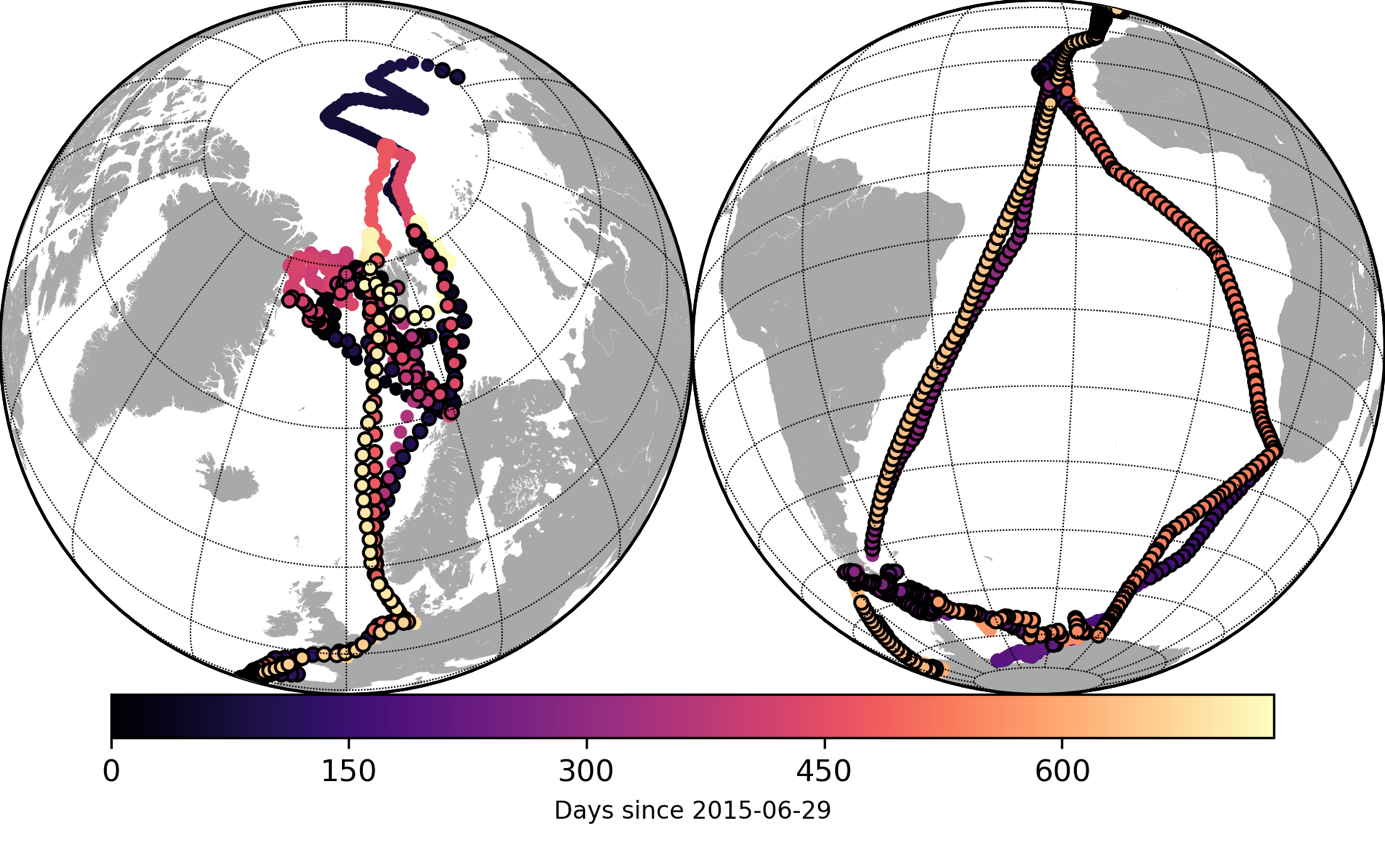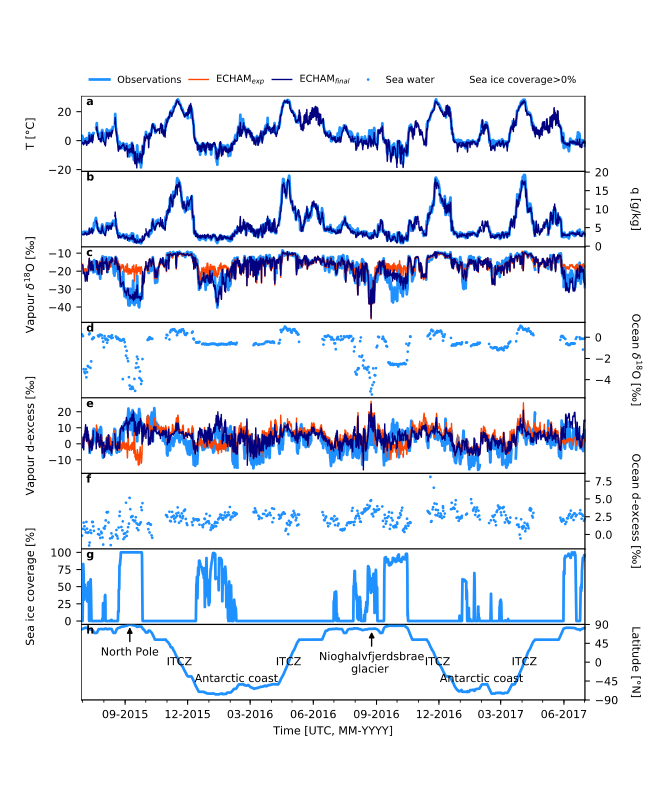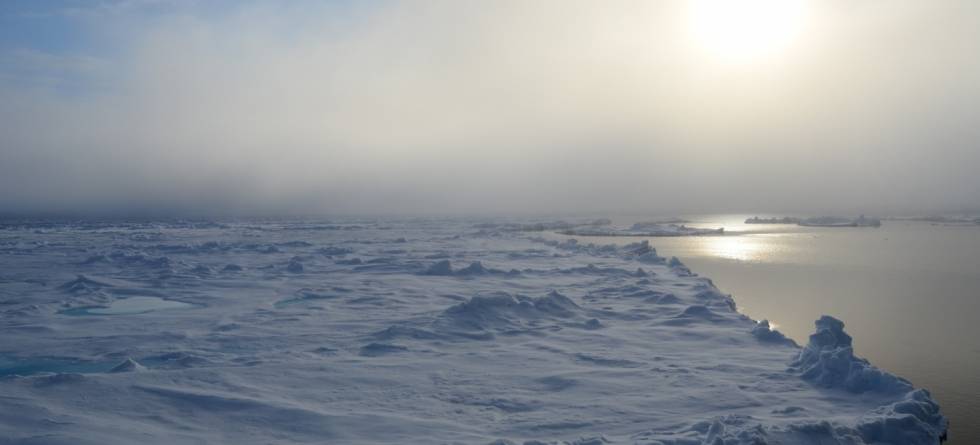"This is truly super exciting results to come out of this herculean field measurement effort over the last couples of years," says Hans Christian Steen-Larsen, researcher with the University of Bergen and the Bjerknes Centre, on the new study in Nature Communication.
Onboard the icebreaker Polarstern, he and colleagues at the Alfred-Wegener Institute has measured ocean and atmospheric water vapour isotopes, just above sea level – going up and down from the Arctic to the Antarctic through the Atlantic Ocean repeatedly – through a period of two years.

"We have, with these measurements, been able to study in details the first step of the atmospheric hydrological cycle - the evaporation from the ocean," says Steen-Larsen.
Ice cores retrieved from polar ice sheets or high-altitude glaciers are probably the most famous type of climate archives. However, deciphering these past temperature variations is not always straightforward, as the temperature is not the only parameter which can have an imprint on the isotopic composition of the ice.
Water stable isotopologues in the atmosphere – like the ones measured in this project – capture directly the physical processes of the hydrological cycle. The water stable isotopic composition in an air mass therefore carries an integrative fingerprint of the ambient conditions. In ice cores a message about past climate variations is conserved in the isotopic composition of the ice.
"In these new water vapour measurements we have found a link between the deuterium excess, which is an important climate parameter in ice cores, and sea ice cover. This will open an possibility to understand the conditions in the Arctic back in time."

Our observations show that a theory, used for more than 40 years when modeling the hydrological cycle isotopic fingerprint, is not in agreement with reality. This improvements in the models had been unconsidered before these observations, says Steen-Larsen:
"With this link between sea ice cover and the water isotope signal, we have an important new understanding of the climate system that will allow us to better understand past climate variability. It is a very exciting time to study ice core paleoclimatic archives with new understanding and new deep ice core records from both Greenland and Antarctica being drilled."
Reference
Jean-Louis Bonne, Melanie Behrens, Hanno Meyer, Sepp Kipfstuhl, Benjamin Rabe, Lutz Schönicke, Hans Christian Steen-Larsen & Martin Werner (2019), Resolving the controls of water vapour isotopes in the Atlantic sector, Nature Communications volume 10, Article number: 1632.

